According to The Guardian, BirdLife International releases the State of the World's Birds report every four years, collecting data and reporting on how each species is doing.
The most recently published report from the organization shows that the expansion of land used for agriculture is the main reason why 73% of the world's bird species are in distress.
Besides farming, logging, invasive species and disease are other issues birds have to deal with.
Experts say that 49% of the planet's species of birds see lowering numbers and one in eight species is threatened with extinction.
This is compared to BirdLife International's previous report, which said that 40% of the world's bird species were in decline.
They also say that more than 187 species either are confirmed to have gone extinct or are suspected to have vanished since year 1500.
Liben larks living in Ethiopia, for example, saw an 80% decrease in the population since 2007 due to intense farming, which required transforming the grasslands where the birds used to live in agricultural land.
The report says that of all bird species around the world, only 6% are seeing increasing numbers.
Since the 1970s, 2.9 billion individual birds have been reported dead in North America, while in Europe, 600 million birds have been killed since around the same period.
Due to this, previously thriving bird species, such as rooks and common snipes, are getting dangerously close to extinction.
Tree sparrows and the turtle dove are among the species of farmland birds that live in Europe.
Reforestation and protecting current habitats are critical
Dr. Stuart Butchart, chief scientist at BirdLife International, stated that "we have to stop these declines and start getting on track for recovery."
"Our future, as well as the world’s birds, depends on it. If we continue to unravel the fabric of life, we’re going to continue to place our own future at threat", he added.

"Birds are useful for telling us about the state of the planet. What they say is that nature is in poor condition, lots of species are in decline", Butchart explained.
Birds are some of the most useful classes of animals living on Earth, as they contribute to the well-being of ecosystems and can prevent even the piling of organic waste.
Hornbills are a multi-bird species that help with dispersing tree seeds in tropical areas, thus aiding reforestation, while the turkey vulture is a necrophagous type of bird that feeds of organic waste.
Wildfires were another big problem reported by experts this time around, as the heatwaves and droughts that have been present around the world accelerated the decline in the bird population.
"The key action needed now by governments is to make sure a really ambitious and bold global biodiversity framework is adopted. We’ve got to bend this curve, so by 2030 we’re on a mission of being nature positive", Dr. Stuart Butchart concluded.
Reforestation, fighting poaching and conserving the remaining natural habitats are all ways we can ensure remaining bird species will continue to thrive and help stabilize the ecosystems.
The report praises conservation, saying that it is because of this action why between 21 and 32 bird species around the world have not gone extinct since 1993 as they were expected to.
Juliet Vickery, chief executive of the British Trust for Ornithology, said that "the fact that nearly half of all bird species are declining and one in eight is at risk of extinction reinforces the fact that we are living through a biodiversity crisis."
"It requires action at every level, from local to global. This carries a strong warning about the health of our natural world", she added.
 Mihai - Cristian Ioniță
Mihai - Cristian Ioniță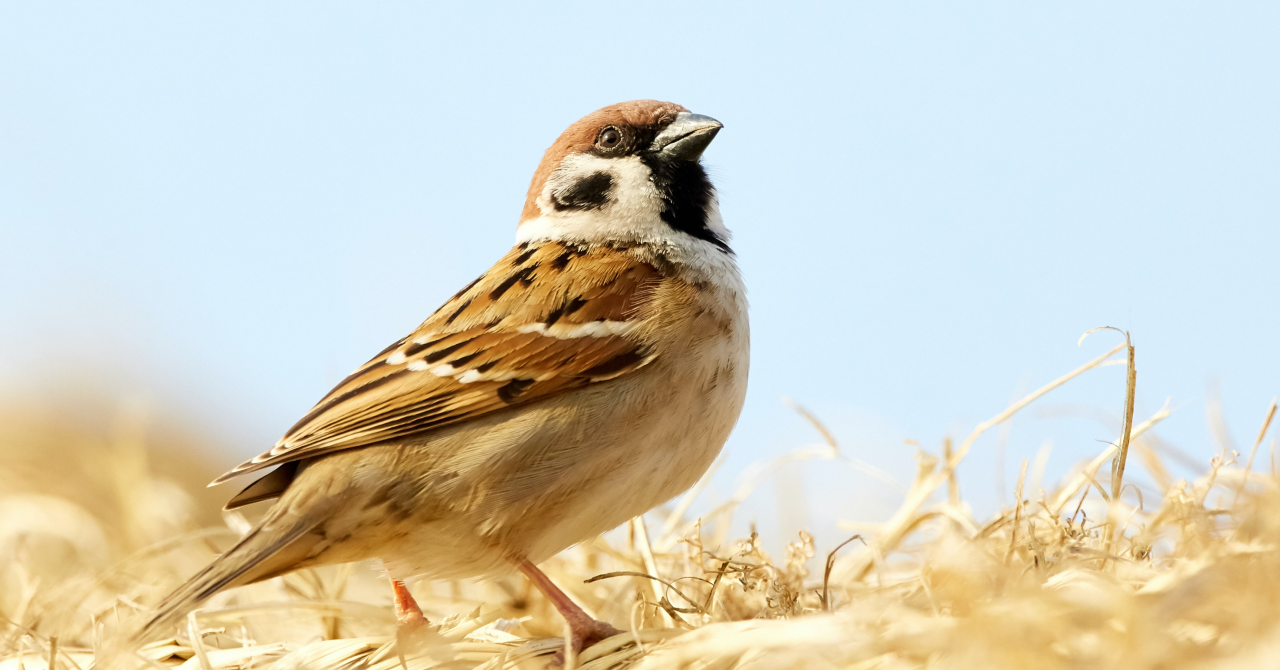




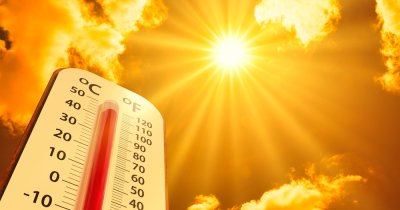
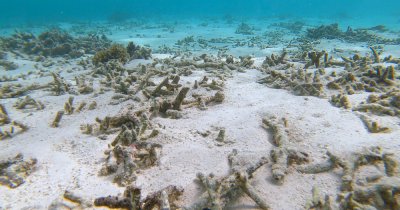
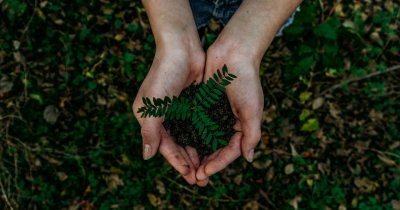



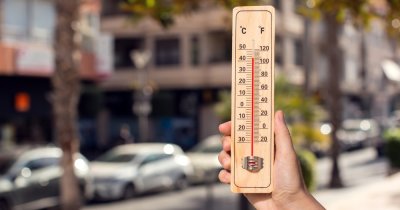
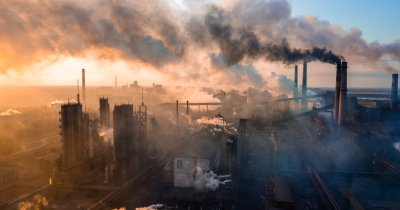
Any thoughts?